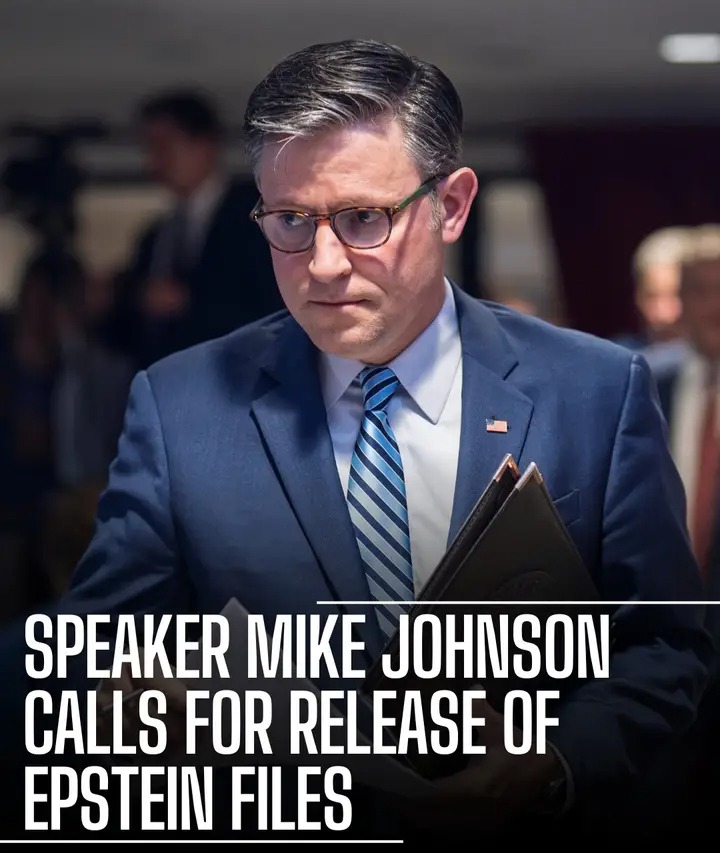The tariffs introduced during President Donald Trump’s administration have now been officially reinstated while legal appeals surrounding them continue. This decision marks a significant moment in the ongoing debate over America’s trade policies and their broader economic implications. Reimplementation of these tariffs signals a commitment to protecting certain domestic industries and reinforcing America’s stance in global trade discussions. While legal and political battles are still unfolding, the return of these measures suggests that they may remain a part of the economic strategy for the foreseeable future.
Supporters of the policy view the reinstatement as a major step forward for the nation’s economic strength and sovereignty. They argue that the tariffs provide leverage in international negotiations and serve as a tool for defending American workers and industries against unfair competition. The return of these trade barriers has reignited conversation among economists, business owners, and policymakers, each weighing in on the long-term impact such actions could have on international relations and domestic growth.
From a financial perspective, the tariffs have proven to be a substantial source of revenue. According to recent estimates, they have already generated an impressive $200 billion in additional income for the United States. This financial windfall underscores the scale and influence of these trade measures, not just in terms of policy but also in the actual economic gains being realized. That number is expected to rise further as the tariffs continue to be enforced.
Critics of the policy have often focused on potential repercussions, such as higher prices for consumers or strained trade relationships. However, proponents maintain that the overall benefits—particularly the influx of tariff-generated revenue—demonstrate the value of these policies. They believe that maintaining strong trade barriers can encourage more equitable practices on the global stage and push foreign governments to reconsider their own protectionist tactics.
As the legal appeal process unfolds, all eyes are on how this issue will shape future trade decisions and political strategies. Whether viewed as a short-term revenue booster or a long-term component of economic resilience, the reinstated tariffs have undeniably shifted the landscape. What remains to be seen is how this approach will evolve and what it will mean for the American economy in the years ahead.



